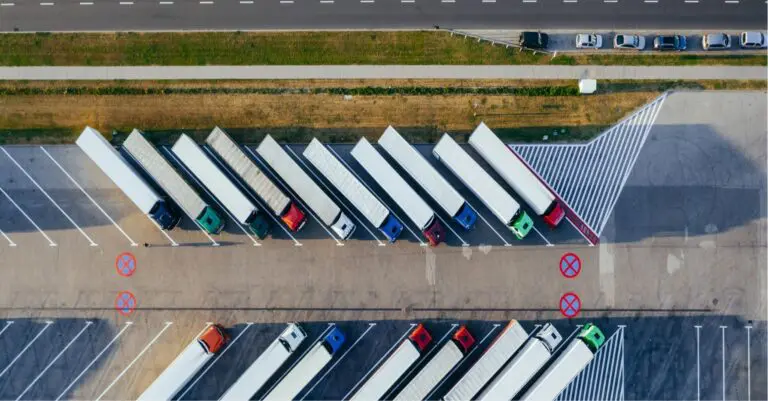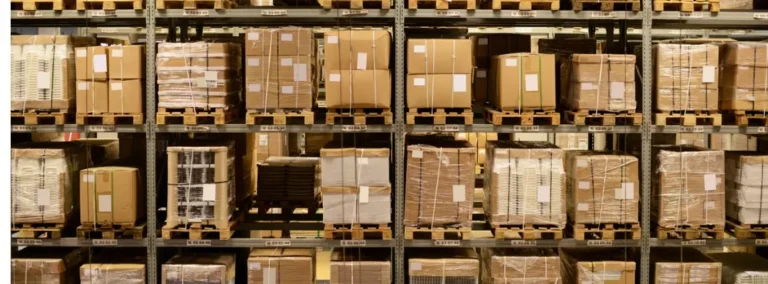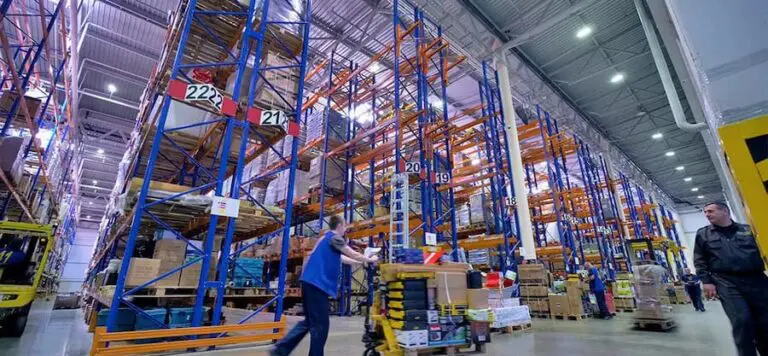The Roadmap to a Successful 3PL Proposal Request
Navigating the world of third-party logistics (3PL) can seem daunting. However, finding the right partner to outsource your distribution and fulfillment services can be a game-changer, especially in today’s fast-paced business environment.
When you’re looking to partner with a 3PL provider, the first step is often to send a Request For Proposal (RFP). This document outlines your company’s logistics needs and asks potential providers to explain how they can meet them.
A well-thought-out RFP is a crucial ingredient to finding the right 3PL partner, ensuring that you get the best possible service at the best possible price, and that both parties’ expectations and roles are well aligned. While this process can seem complex at first, it can be made much simpler by understanding some of the information below.
Steps to Request a 3PL Proposal
Getting Familiar with Charge Term Terminology
Before diving into the RFP process, it’s essential to understand the language/jargon that’s unique to the logistics industry. After all, simple words like “detention”, “placarding” or “slabbing” all have their own meanings within the context of logistics invoicing.
Learning these terms ensures that you’re not caught off guard when discussing your needs and reviewing documentation. For a deeper dive into charge term definitions, check out this helpful in-house resource.
Understanding Your Requirements
Before you can ask someone to help outsource your distribution and logistics needs, you need a thorough understanding of what those needs are. Evaluate your business’s logistics on a week-to-week, month-to-month, and annual basis. Consider the scale and complexity of your operations. Do you need international shipping? How about temperature-controlled storage? Understanding your exact requirements will guide the rest of the RFP process.
Drafting the Initial Document
When it comes to writing your RFP, clarity is key. Your RFP should be structured in a straightforward manner and easy to understand.
It can be helpful to start by outlining the bigger-picture details about your business:
- Clear key performance indicators (KPI’s)
- Growth & sales projections
- Market forecasting
- Industry trends
- Scalability
- Net profit margins
- Operational cash flow
Then, include essential details about your business’s basic fulfillment requirements:
- Shipping frequency
- Projected order volume
- Warehousing needs
- Retailer handling requirements
- Returns management protocols
- Pricing format
- Potential pitfalls (what frustrates you?)
- Terms and conditions (due date/timeline, etc.)
Of course, every business is different. But regardless of your industry, one thing holds true for drafting an effective RFP: the more detailed and clear you are, the better proposals you’ll receive. Remember, the goal is to find a partner that aligns with your business’s exact needs.
Selecting Potential 3PL Partners
Your 3PL partnership can only be as effective as it is aligned with your business’s core needs. This is why clarity, specificity, and transparency are so crucial in your RFP process: this helps offer potential 3PL partners a laser-focused vision for exactly what your needs are, which can weed out bad fits.
After all, not all 3PL providers are created equal: choosing the wrong one can cost you significant amounts of time, money, and effort. This is why it’s so essential that you choose potential partners who align with your business’s core needs. Consider their strengths, capabilities, and track record. Only send your RFP to potential 3PL partners who fit what you need. For more insights on successful order fulfillment, check out these 5 secrets.
Review and Feedback
After sending out your RFP, it can be helpful to establish a system to help you and your team review the results. This system should offer clarity on the exact criteria by which you’re judging your potential vendor’s responses (preferably using factors that are relevant, measurable, and aligned with your goals/priorities).
Also, it’s important to remember that evaluating RFP responses isn’t a one-person job. It can be helpful to assemble an internal team of stakeholders who share the knowledge and expertise needed to accurately review your results and help choose the right 3PL partner from those options.
Also, once you’ve sent out your RFP, be open to feedback. Potential 3PL partners might have suggestions or questions. This feedback can help refine your RFP and ensure you get the best possible service and are as closely aligned with future partners as possible.
Finalizing and Sending the Request for Proposal
Before sending out your RFP, give it one last review. Ensure it’s comprehensive and clear. Then, follow the formal submission process outlined by potential 3PL partners.
Best Questions to Ask in Your 3PL RFP
One of the most crucial sections of your RFP is where you ask questions of your potential 3PL partners. These queries will help narrow down the pool of options and provide you with accurate insights to help make the best choice.
Operational Expertise
- How many years have you been in operation?
- Can you share case studies of similar businesses you’ve partnered with?
Technological Capabilities
- What technology platforms do you use for tracking and reporting?
- How do you ensure data integrity and security?
Cost and Billing Transparency
- Can you provide a detailed breakdown of your pricing model?
- Are there any hidden costs or potential surcharges?
Customization and Scalability
- How customizable are your services to fit unique business needs?
- How quickly can you scale operations up or down based on demand?
Best Practices in 3PL RFP Process
Transparency and Honesty
Your RFP will only be as effective as it is clear and truthful, so be upfront about your needs and expectations. Withholding information can lead to misunderstandings and misalignment between you and your potential 3PL partner.
Due Diligence
When it comes to establishing an effective and long-lasting 3PL partnership, information is your greatest ally. Do your homework. Research potential 3PL partners, check their references, and review past performance metrics.
Open Communication
Again, clarity is key in establishing an effective 3PL partnership. Keep the lines of communication open. Regular check-ins and feedback loops ensure that everyone involved is on the same page.
Consider the Relationship’s Longevity
A bad 3PL partner can waste immense amounts of time, effort, and money. Conversely, the right 3PL partner will save it, and ease a considerable burden on your business for years. That’s why it’s important to look for a long-term partner, not just a service provider. A lasting relationship with a trusted 3PL provider can lead to better service and understanding, for both you and your customers.
Getting the Most Out of Your 3PL RFP
Regularly Review and Update Your RFP
As markets fluctuate, your business’s needs will change. Ensure your RFP reflects your current needs by regularly reviewing and updating it. An updated RFP can lead to better 3PL services.
Feedback and Continuous Improvement
An RFP that more accurately reflects the needs and realities of your business can only help in the long run, so seek feedback from 3PL providers on your RFP. Use this feedback to refine your RFP, optimize your logistics and secure better outcomes, such as becoming a shipper of choice.
Negotiate, But Don’t Compromise
Negotiation is a part of the RFP process. However, stand firm on your non-negotiable points. As thorny as negotiation may be, it’s crucial in order to reach a fair and balanced agreement between you and your logistics partner.
Taking Your Next Strategic Step: 3PL RFPs Done Right
A well-crafted RFP is more than just a document; it’s a roadmap to a successful and long-lasting partnership with a 3PL provider. Investing time and resources in creating a comprehensive 3PL RFP can lead to optimal logistics outcomes, saving your business untold amounts of time, money, and effort over the years.
Ready to take the next step in your logistics journey? Check out our freight bill audit and payments service, or speak with a logistics expert today.
About the Author

WSI Team
WSI is one of the largest privately held 3rd party logistics companies in the U.S. and spans a nationwide distribution network with global logistics reach.








